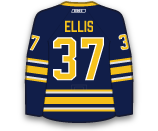Farnham was recalled for a physical affair between the Flyers and Pens last night. He had nearly as many playing minutes as he did playing time—5:11 TOI / 5 PIM.

Farnham was recalled for a physical affair between the Flyers and Pens last night. He had nearly as many playing minutes as he did playing time—5:11 TOI / 5 PIM.

Pouliot, 21, has one goal and two assists in seven games with the Penguins this season. While in WBS he has 21 points (7G / 14A) in 25 games. His recall suggests that he will play tonight if Kris Letang (head) can’t go.

Lauridsen did not end up playing on Tuesday because Carlo Colaiacovo was surprisingly in the lineup.
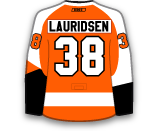
Manning registered one shot on goal in 17:20 of ice time last night vs. the Penguins. The Flyers are done until after the All Star break, so they have reassigned Manning so they don’t have to pay him.
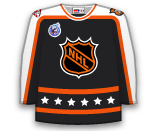
Mueller has not dressed for the Sharks since December 11th. With the All Star break looming, he will head to Worcester to get a couple of games in, before likely returning to the team next week. With Justin Braun out, Mueller will have a good chance to work his way back into the lineup.
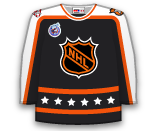
DeMelo, 21, was a sixth-round pick (179th overall) of the Sharks in 2011. He has three goals and 10 assists (13 points) in 38 games with Worcester this season. He has been recalled because Justin Braun is out and Mirco Mueller has been sent down on a conditioning stint.

Wotherspoon, 21, has been recalled to serve as the Flames seventh defenseman with Ladislav Smid going on IR. Wotherspoon has two goals and 13 assists (15 points) in 38 games AHL games. He had four assists in 14 games with the Flames last season .

Shore, 23, did not record a point in the only game that he appeared in with the Flames. He heads to Adirondack, where he is expected to make his debut with the team this week. He has 30 AHL points (9G / 21A) in 35 games with San Antonio this season.
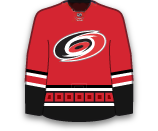
The Panthers played their last game before the All Star break on Monday, but San Antonio has three games this week, so they’ve sent Trocheck down to get some playing time over the break.

Percy, 21, had three assists in eight games with the Maple Leafs earlier in the season. With Toronto struggling mightily as of late, they recall Percy to provide a change of pace on the blue line.
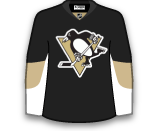
Leivo, 21, has been recalled in the midst of a terrible slump for the Maple Leafs. He has registered one goal in eight games with the Maple Leafs this season. His recall is likely just a way for the Leafs to shake things up.

Carrick, 22, did not register a point in 10 games with the Maple Leafs. He heads back to the AHL where he has recorded 16 points (3G / 13A) in 31 games.

Bodie did not record a point and had five penalty minutes in five games with the Maple Leafs during his recall. With the Marlies he has five goals and two assists in 32 games.
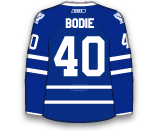
The Hurricanes played their final game before the All Star break on Monday, so they have sent Murphy back so he can participate in the AHL All Star weekend. Since being recalled in late December, he has four assists with a plus-1 rating in 10 games. Expect him to be recalled after the All Star break.
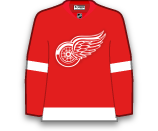
McKenzie did not play during his recall. His return to the AHL means the Stars had no plans of playing McKenzie tonight vs. Boston. He heads back to Texas where he has 13 points (4G / 9A) in 16 games.
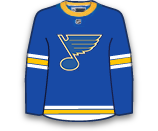
Farnham, 25, has played in 10 NHL games with Pittsburgh this season, averaging 7:22 minutes per contest with 19 penalty minutes. He made his NHL debut with Pittsburgh on December 13 at Columbus. Farnham has played in 27 AHL contests with WBS, where he has contributed four points (1G / 3A) and 117 penalty minutes.

Lauridsen, 25, has two goals and three assists in 38 games with Lehigh Valley. He has not played with the Flyers this season, but has two goals and one assist in 15 career NHL games. He will replace the injured Nick Schultz in the lineup on Tuesday.

Manning, 24, has one assist in two games with the Flyers this season. While in Lehigh Valley, he leads all defenseman and is second on the team in scoring with 25 points (6G / 19A) in 36 games. He will replace Carlo Colaiacovo in the lineup on Tuesday.

Varone, 24, had two goals in seven games with the Sabres. Varone heads back to the AHL where he has 29 points (8G / 21A) in 36 games.
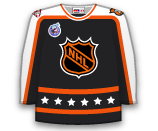
Ellis appeared in four games during his recall. He has three shots, two penalty minutes and a minus-2 rating. With the Sabres done until after the All Star break, they send Ellis back as they expect a few forwards to return after the break.
